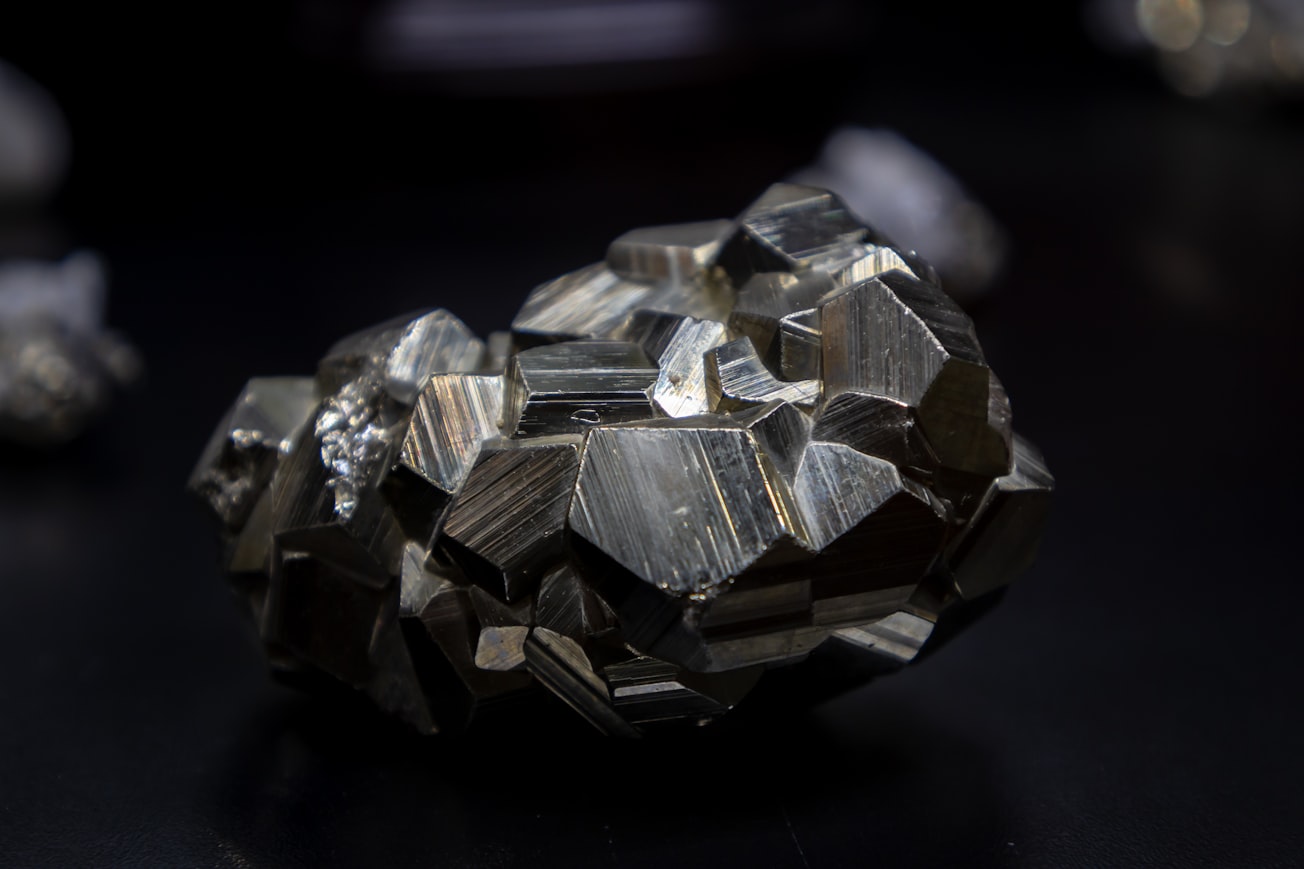What is it about?
We show here by several techniques that Zr is not probably mainly in the Ti site in M3, but more likely occurs in some Ca1 sites and less probably in some Ca2 sites. The simple technique as shown here, namely, the substitution of Hf into the Zr site, is very helpful for structural analysis in these very complex cases, but has been rarely used (maybe because it was previously not so very necessary).
Featured Image

Photo by Grant Durr on Unsplash
Why is it important?
Nowadays it is considered that a Rietveld refinement of a complicated structure must commence very near to the correct result and, even then, when there are many different solid-solution elements or vacancies present etc., they might act as ingredients for a false fit (i.e. the best fit is not necessarily the correct one). These preambles are to emphasize that we must now use other available physical tools, as presented herein, to check the (physical) veracity of such ‘fitting’ computer results. We present here three methods of provisionally checking the published structure of M3-type murataite structure.
Read the Original
This page is a summary of: A further investigation of the complex M3 murataite structure using Hf substitution and STEM-EELS techniques, Acta Crystallographica Section B Structural Science Crystal Engineering and Materials, May 2019, International Union of Crystallography,
DOI: 10.1107/s2052520619005419.
You can read the full text:
Contributors
The following have contributed to this page







